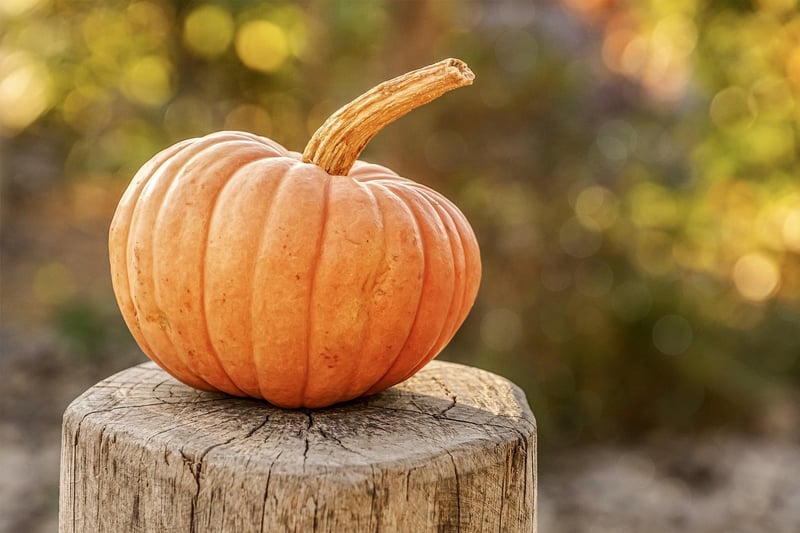Fall Harvesting
Guidance for Different Seasons + Fall Harvesting
Introduction
Understanding the unique characteristics of each season is crucial for successful gardening. From planting to harvesting, different seasons offer various opportunities and challenges for gardeners. In this guide, we will explore the key aspects of each season and provide insights into fall harvesting.
Spring
Spring is a time of new beginnings in the garden. It is ideal for planting a wide range of vegetables, flowers, and herbs. Ensure that the soil is well-prepared and free from frost before planting. Some popular crops to plant in spring include tomatoes, peppers, lettuce, and carrots.
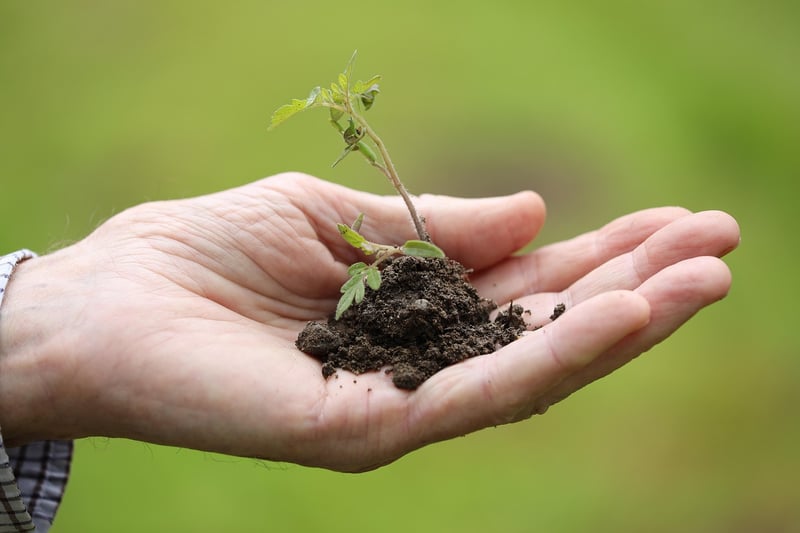
Summer
Summer is characterized by warm weather and longer days, perfect for the growth of many plants. Adequate watering is essential during this season, as plants may suffer from heat stress. Remember to mulch to retain moisture and prevent weeds. Crops like cucumbers, zucchinis, and sunflowers thrive in the summer.
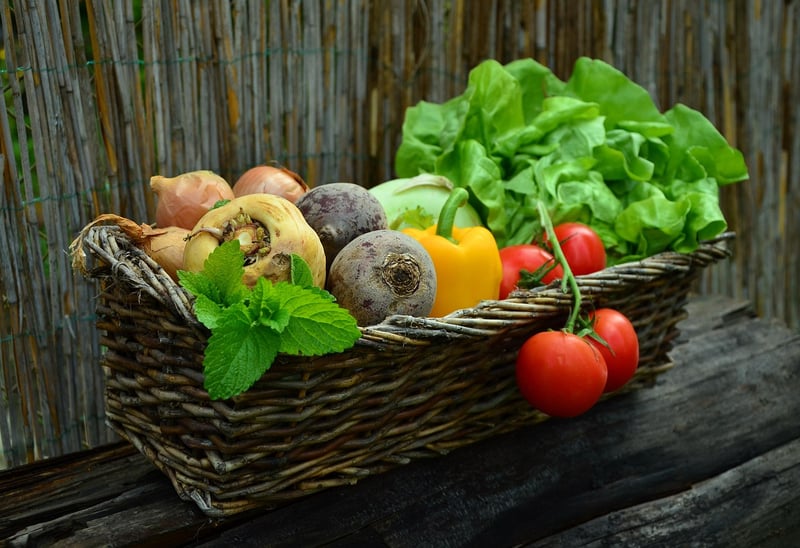
Fall
Fall is a transitional season where temperatures start to cool down. It is an excellent time for harvesting cool-season crops such as pumpkins, squash, kale, and radishes. Consider planting cover crops like clover or rye to protect and enrich the soil during the winter months.
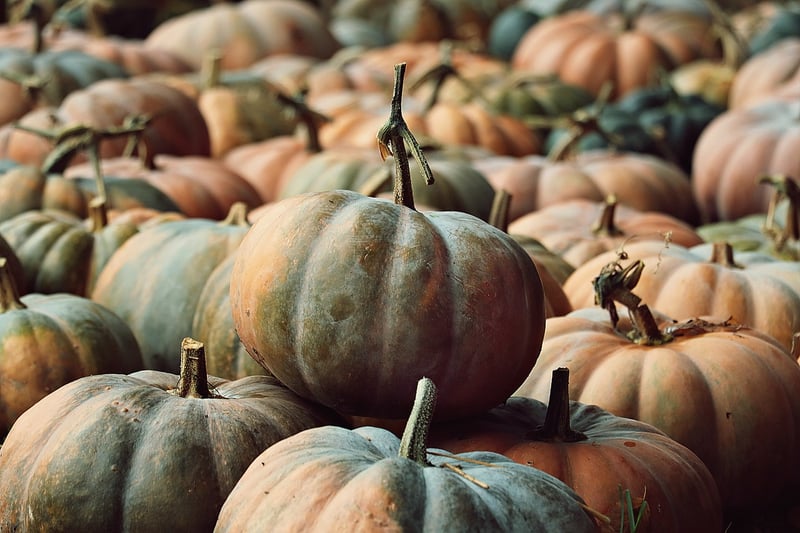
Winter
Winter is a time for gardeners to rest and plan for the upcoming seasons. Consider starting seeds indoors for early spring planting. Protect any sensitive plants from frost and ensure that your gardening tools are cleaned and stored properly for the next season.
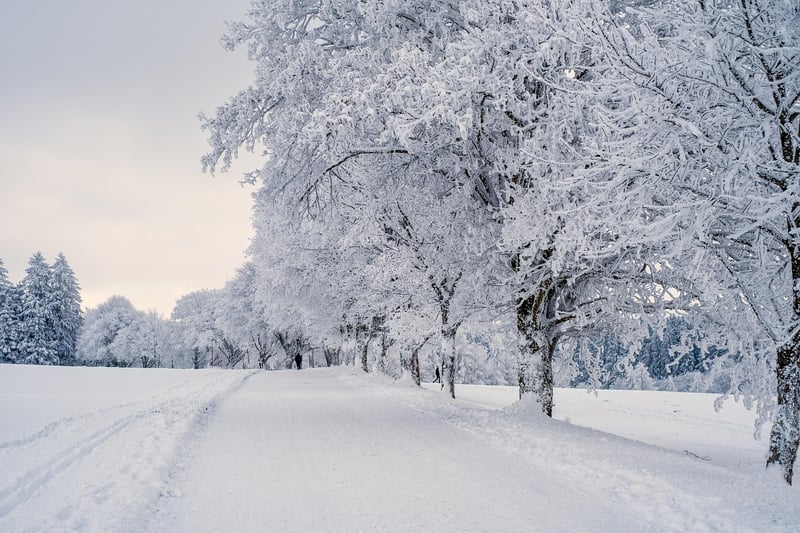
Conclusion
By following the guidelines for each season and understanding the unique requirements of your plants, you can enjoy a bountiful harvest year-round. Remember to adapt your gardening practices to the changing seasons and make the most of what each season has to offer.
Happy gardening!
